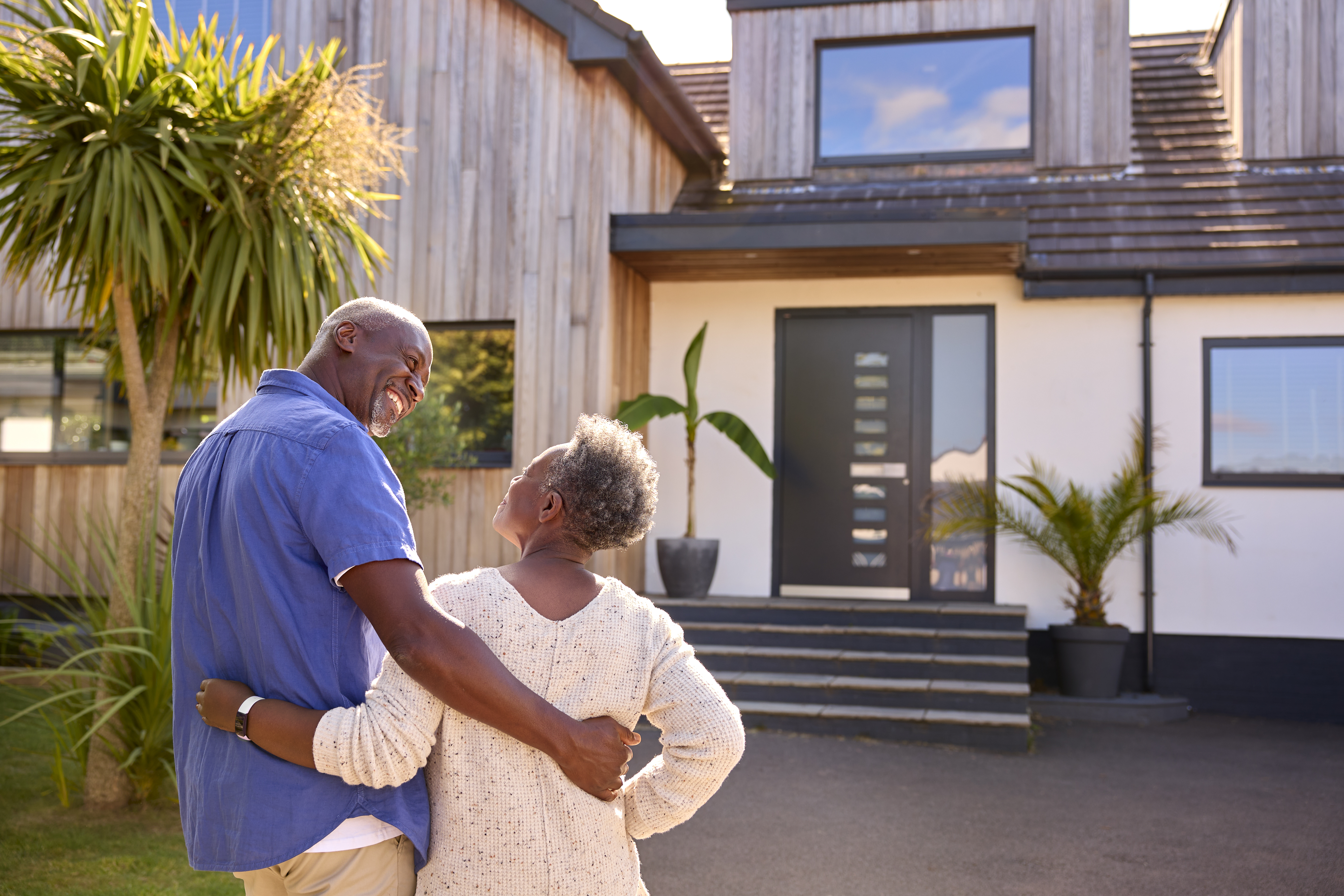Sustainability in housing continues to be both a moral and economic imperative. As construction evolves amid cost pressures and climate threats, several promising developments have emerged in 2025.
Manufactured homes get a regulatory boost. A recent housing reform bill passed by the Senate Banking Committee removes the outdated requirement for a permanent steel chassis on manufactured homes—cutting costs by around $10,000 per unit. This opens the door to more multi-story, eco-friendly models, especially in rural and exurban areas Business Insider.
Regulation remains a barrier. California, for example, must quadruple housing production within seven years if it hopes to reduce prices and rents—highlighting the burden that slow permitting and regulatory inertia place on sustainable supply expansion Wikipedia.
While not purely “sustainable,” the new Congressional YIMBY Caucus is pushing bipartisan housing policy in a deregulatory direction—seeking tax incentives and zoning reforms to boost housing production, which could play a central role in making housing both affordable and sustainable Wikipedia.
Why this matters:
- Manufactured housing reform could democratize sustainable affordability.
- Production bottlenecks still stifle progress in high-need regions.
- Policy innovation, like deregulation and incentives, is essential to drive sustainable results.




